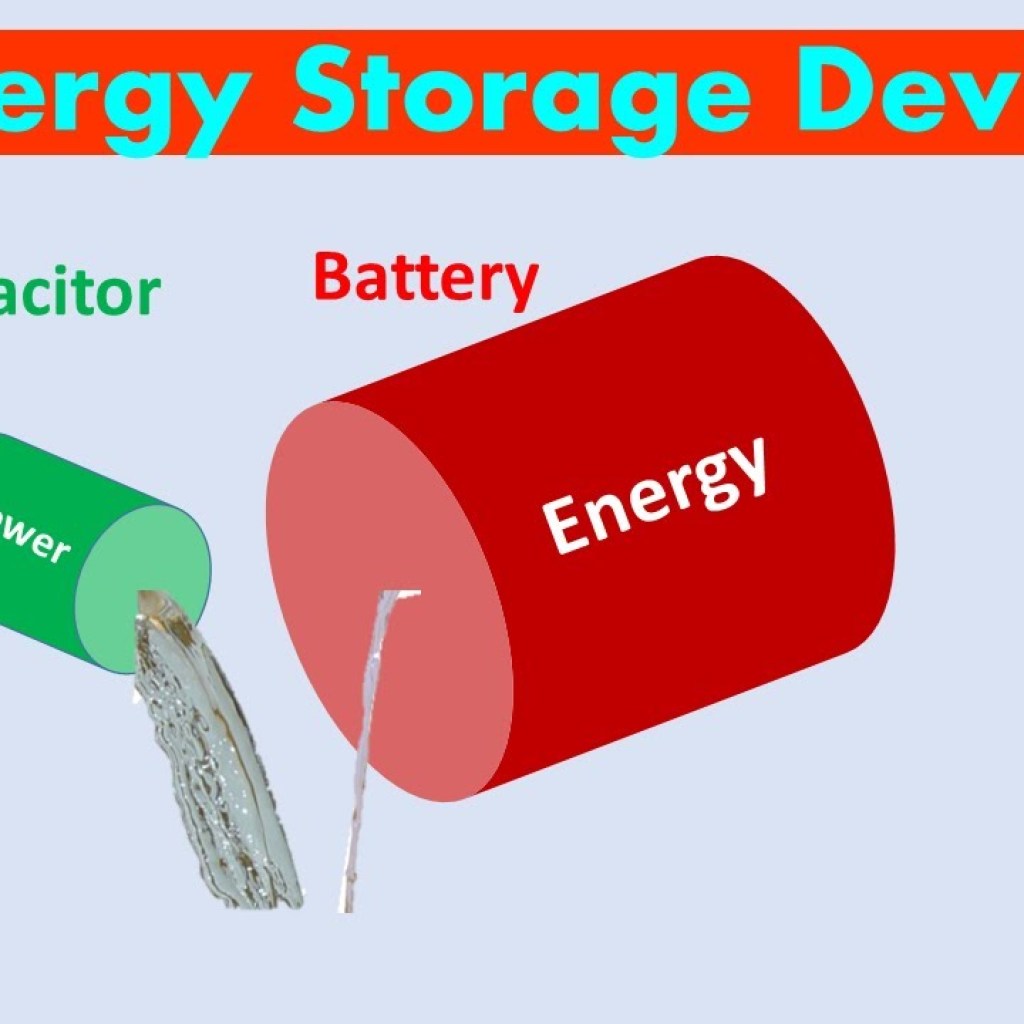Contents
- 1 Exploring Various Aspects of Laser Technology
- 1.1 Modes of Multimode Fiber
- 1.2 Rotate Polarization
- 1.3 Orange Laser
- 1.4 Compress Femtosecond Pulse
- 1.5 Modulate Light Beam
- 1.6 Adjust Laser Wavelength
- 1.7 Frequency Combs
- 1.8 Thin Film Polarizer
- 1.9 Broadband Light Source
- 1.10 632.8 nm Laser
- 1.11 Pulse Stability in Mode-Locked Laser
- 1.12 Fiber Acceptance Angle
- 1.13 Amplify Ultrashort Pulses
- 1.14 How to Focus a Laser Beam
- 1.15 Phase Matching Bandwidth

Source: YouTube
Exploring Various Aspects of Laser Technology
Modes of Multimode Fiber
Multimode fibers are optical fibers that allow multiple modes of light to propagate. They are commonly used in short-distance communication due to their larger core size, which facilitates easier coupling of light into the fiber.
Rotate Polarization
Polarization rotation is a technique used to change the orientation of the electric field vector of light. This can be achieved by using various optical elements such as wave plates or polarizers.
Orange Laser
An orange laser emits light in the orange part of the electromagnetic spectrum. These lasers are used in various applications including biomedical imaging, spectroscopy, and laser light shows.
Compress Femtosecond Pulse
Compressing femtosecond pulses involves reducing the duration of these extremely short pulses. Techniques such as using chirped mirrors or optical fibers can be employed for pulse compression.
Modulate Light Beam
Light beam modulation refers to the process of varying certain properties of a light beam, such as intensity or phase, to encode information or control its behavior. This is essential in telecommunications, laser processing, and various other fields.
Adjust Laser Wavelength
Changing the wavelength of a laser output is crucial for various applications. This can be achieved by tuning the laser cavity length, adjusting the temperature, or using nonlinear optical effects.
Frequency Combs
Frequency combs are precise tools for measuring optical frequencies with extremely high resolution. They find applications in spectroscopy, optical clocks, and telecommunications.
Thin Film Polarizer
A thin film polarizer is an optical component that selectively transmits light of a specific polarization state while reflecting light of the orthogonal polarization. They are used in various optical systems for polarization control.
Broadband Light Source
A broadband light source emits light over a wide range of wavelengths. These sources are essential for applications such as optical coherence tomography, spectroscopy, and fiber optic communications.
632.8 nm Laser
A laser operating at 632.8 nm emits red light and is commonly used in interferometry, metrology, and holography applications due to its precise wavelength.
Pulse Stability in Mode-Locked Laser
Pulse stability in a mode-locked laser refers to the ability of the laser to maintain consistent pulse characteristics over time. Factors such as cavity design, gain medium properties, and environmental conditions impact pulse stability.
Fiber Acceptance Angle
The fiber acceptance angle determines the maximum angle at which light can enter an optical fiber and still be efficiently transmitted. It is crucial for optimizing coupling efficiency in fiber optic systems.
Amplify Ultrashort Pulses
Amplifying ultrashort pulses involves boosting the energy of these extremely brief pulses without distorting their temporal characteristics. Techniques like chirped pulse amplification are commonly used for this purpose.
How to Focus a Laser Beam
Focusing a laser beam involves converging the light to a small spot using lenses or mirrors. Proper focusing is essential for achieving high intensity for cutting, drilling, or laser material processing applications.
Phase Matching Bandwidth
The phase matching bandwidth refers to the range of frequencies over which phase matching between interacting waves occurs in nonlinear optical processes. It is a critical parameter for efficient frequency conversion and parametric amplification.

Source: Robert Bryce | Substack
Feel free to comment your thoughts.



